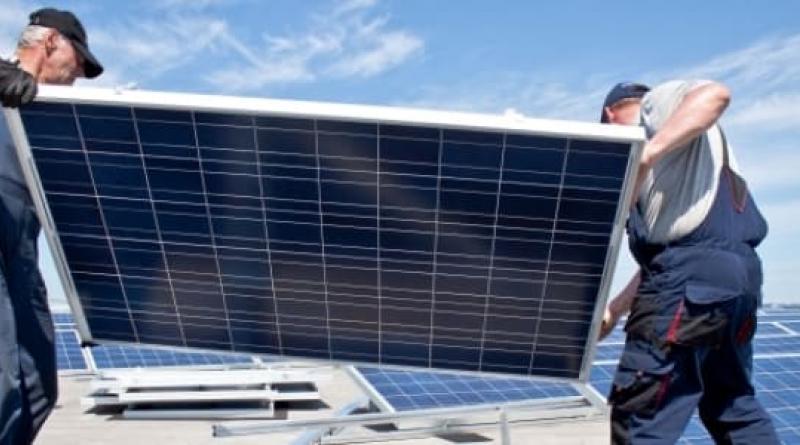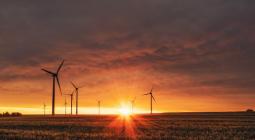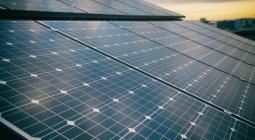What’s Behind The Drop In Renewable Spending?

A marked decline in spending on renewable energy projects during the first half of the year has suggested that wind and solar have yet to become fully competitive with fossil fuel power generation despite the wealth of reports saying they already are cheaper in some parts of the world.
BloombergNEF reports that spending on renewable projects between January and June totaled US$117.6 billion, which was 14 percent less than a year earlier and the lowest amount for a comparable period since 2013. The decline was evident in all key renewables markets, BloombergNEF said, but particularly so in China. The reason: Beijing is cutting subsidies for solar and wind, and trying to make them stand on their own two feet without government support.
China has been struggling with subsidies, particularly for solar projects, for a couple of years already. In 2017, these hit US$15.6 billion (100 billion yuan) and the government has still not paid these in full. At the rate of new solar capacity approvals from the last few years, subsidy costs would have reached US$39 billion by 2020, according to Wood Mac estimates.
Forced to act quickly, in the middle of last year Beijing announced it would suspend approvals for new solar projects until the end of 2018. Then, this January, the Chinese government said it would only approve new solar and wind power capacity if it matches the country’s coal benchmark on price. The requirement is part of a new set of conditions drafted by China’s National Development and Reform Commission, which will be in effect until next year.
As BloombergNEF’s data shows, the effect of these steps was pretty immediate. New renewables investments in China slumped by as much as 39 percent. Even so, China remained the largest renewable energy market, with investments during the first half at US$28.8 billion: the largest single chunk in the global investment mix.
Interestingly enough, spending on solar and wind also fell in Europe, where governments and environmentalist groups are particularly vocal about their clean energy plans. Investments fell 4 percent, despite a surge in new spending on renewables in several countries, including Spain, Sweden, the UK, and Ukraine. In the United States, new renewables spending fell by 6 percent.
Despite this generally bad news, there is a silver lining, and it is the fact that while it phases out subsidies, China is shifting to an auction-basedmodel for new solar and wind projects. According to a BloombergNEF analyst, this could liven things up in the second half of the year.
“We expect a nationwide solar auction happening now to lead to a rush of new PV project financing. We could also see several big deals in offshore wind in the second half,” said Justin Wu, head of BloombergNEF Asia-Pacific.
Whether this will come to pass or not remains to be seen, but it’s worth noting that last year saw the same amount of capacity added in the renewable energy space as 2017, which was cause for a lot of disappointment. The worse news was that this amount—180 GW—represented just 60 percent of the renewable capacity the IEA has estimated the world needs to add if it is to meet its Paris Agreement goals. From that baseline, the first-half investment news is even more disappointing,
July 2019
Oilprice.com




